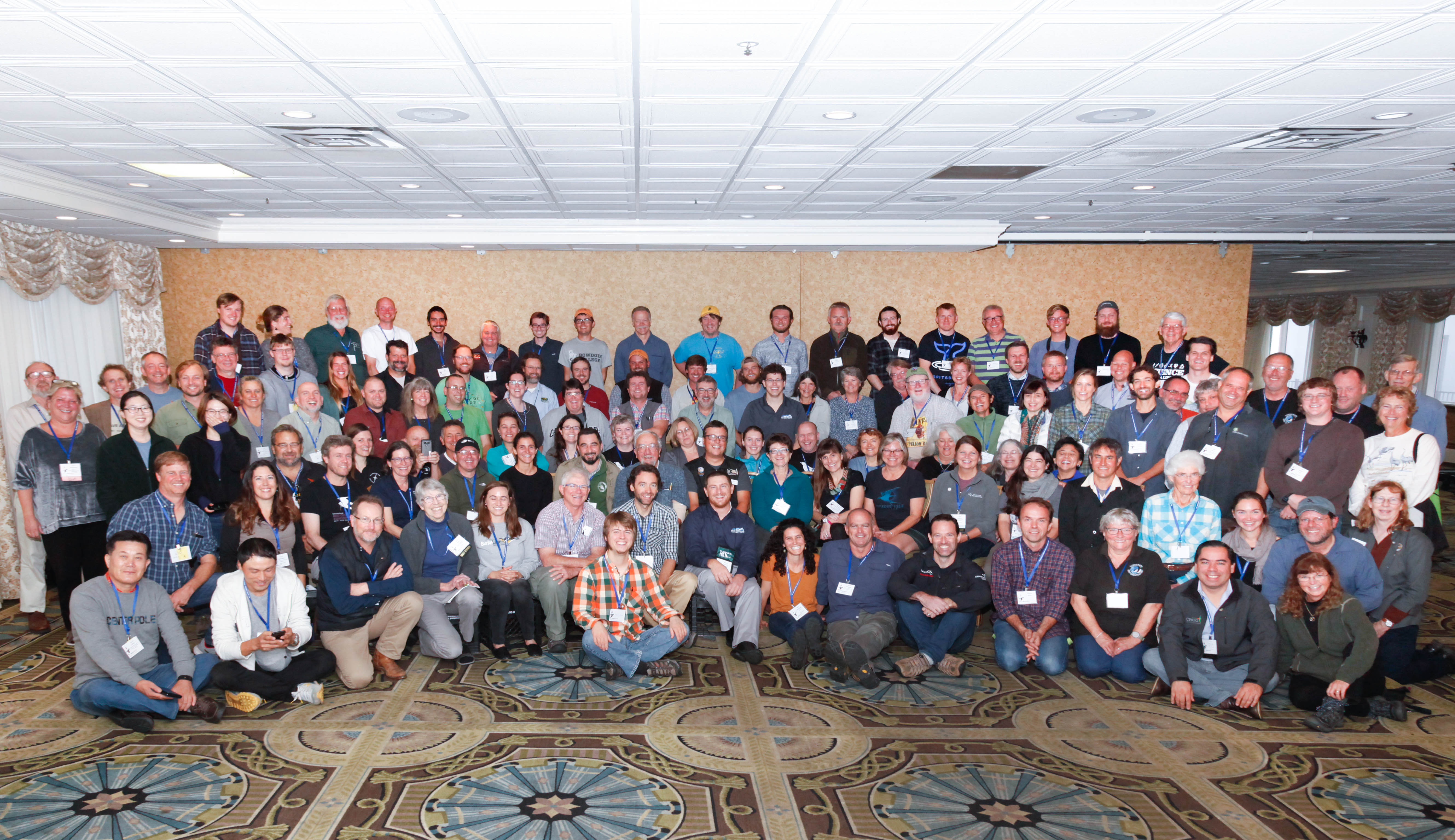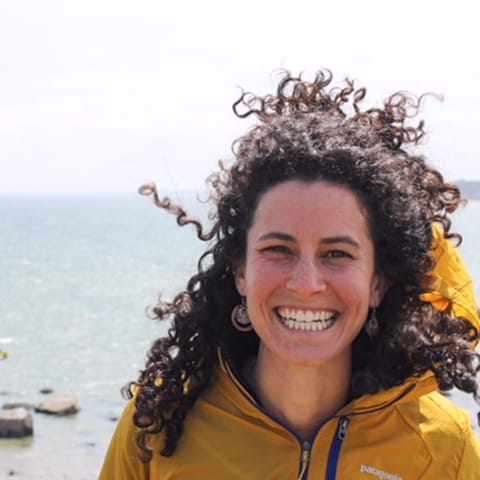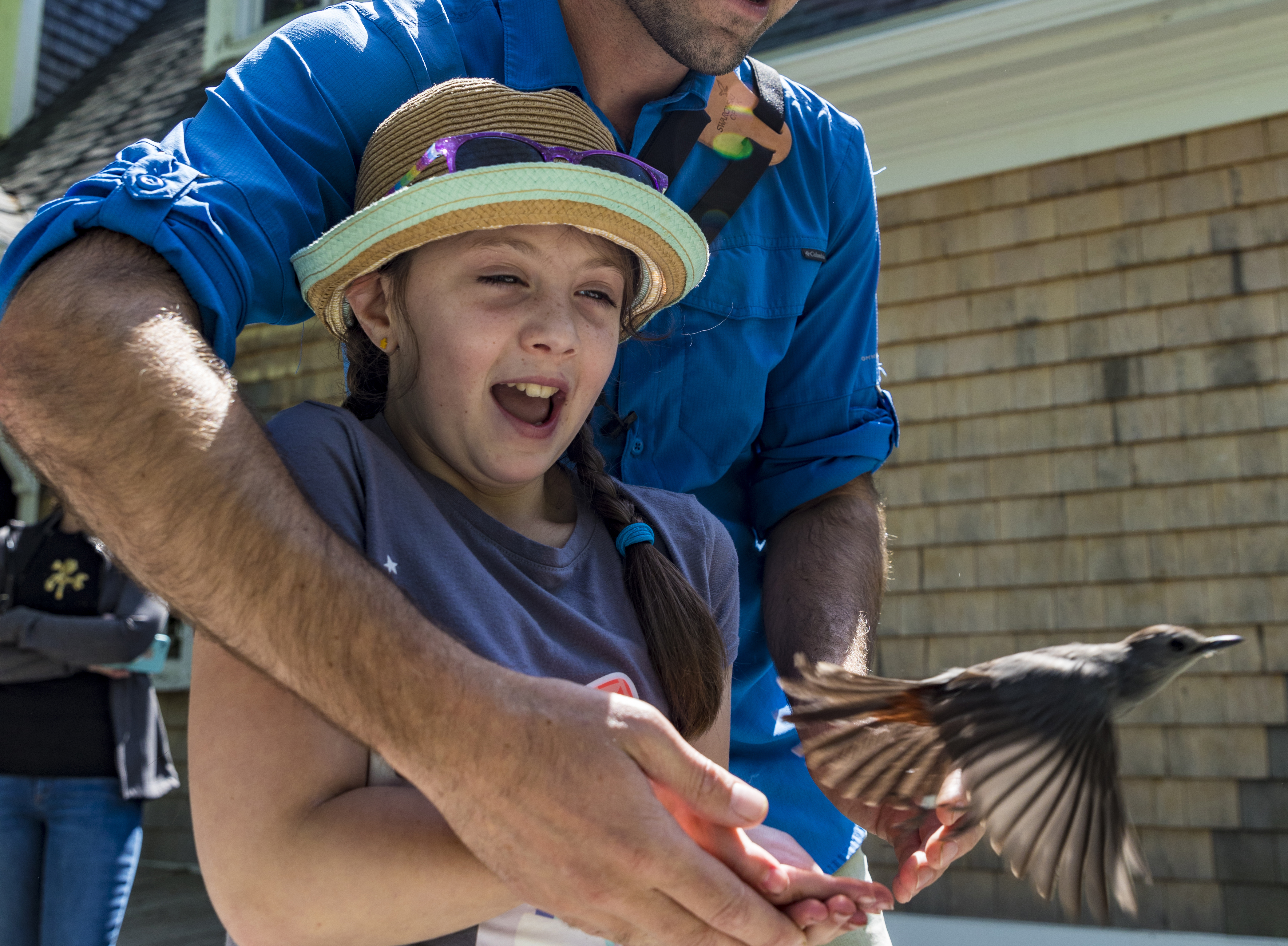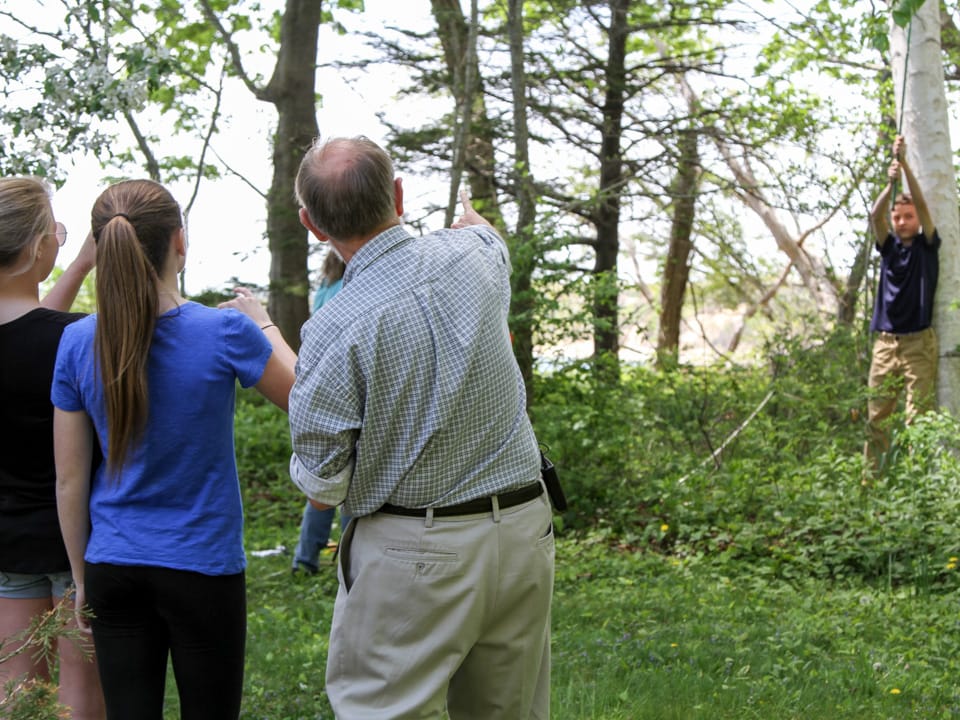Dr. C.J. Ralph, often heralded as the “Father of Bird Observatories,” opened the International Bird Observatory Conference (IBOC) with this definition:
Bird Observatory: (n.) An organization focused on bird science, education, and/or conservation, usually involving station-based monitoring by banding and/or census for one or more seasons.
Simple, at the outset. But he pushed us to consider every bird observatory as a biological species: a dynamic organism that adapts over time through creation, specialization, growth, maturation, and change. Occasionally, one might even go extinct. Over the course of four days, we learned from bird observatories at every phase of this life cycle.
Some came to speak about the patterns they’ve witnessed through more than a century of banding data. Others were there to glean inspiration as they established brand new bird observatories.
Some are run entirely by volunteers, with no paid staff at all. Others are fully funded by the government, incorporated as non-profits, or embedded in a research program at a university.
Some are using incredible new technologies to push the bounds of what we know about migration. And yet, the most important tools at many bird observatories are human eyes, ears, and a few pairs of banding pliers. The high-tech is not replacing the low-tech, but they support each other in the quest to answer our biggest conservation questions.
150 participants came to the IBOC from 15 countries, representing almost 80 different bird observatories and organizations. Representing Manomet at the conference were Trevor Lloyd-Evans, Director, Landbird Conservation; Constance de Brun, CFO/COO; Evan Dalton, Lead Instructor, Landbird Conservation; and Maina Handmaker, Program Associate, Landbird Conservation and Shorebird Recovery.
The creativity and dedication of everyone present constantly expanded our initial definition of a bird observatory, but all of our work seemed grounded in the same core goal: to inform and inspire effective conservation action.
Manomet was given a unique opportunity to present on the role of education and outreach in this work. Trevor, Constance, and Alena Kacal, Director of the Jerusalem Bird Observatory (JBO), led a double session called “Tri-flyway Innovations in Education.”

The only group that presented as partners, this was a chance to showcase the ongoing collaboration between Manomet, the JBO, and Point Blue Conservation Science in California. They illustrated each group’s creative programs to integrate science with education and outreach, and explained how collaborating with each other has expanded the reach of these programs.
Point Blue has been a partner in Manomet’s Climate Lab initiative since it began, and now we are working with the JBO to adapt the curriculum for classrooms in Israel. Constance, Trevor, and Alena proposed the bold vision that bird observatories can be catalysts for conservation by being centers for experiential science education. They invited every observatory at the IBOC to use Climate Lab as a tool to engage local science teachers and students in their research. Birds not only connect students to an awe for nature, but they connect people across flyways. Observatories from Mexico and Canada expressed immediate interest in participating in Climate Lab, and new partnerships are budding thanks to this presentation.
Each of our mornings at Cape May began before dawn, to squeeze in an hour-and-a-half of birding before the day’s first conference session began. We’d look out at the horizon through our binoculars and realize the sky was full of tiny dark specks flying towards us. Myrtle Warblers landed around us by the hundreds. Who knows? Some of them might have taken off from Manomet the night before.
When we lowered our binoculars we probably bumped elbows with a bird-bander from Brazil, or accidentally backed into the scope of a new friend from Finland. Birds know no borders, and at the IBOC there were no barriers between bird observatories, either.
As Manomet’s banding lab is finishing its 52nd year, it’s fair to say we were considered one of the elders at the IBOC. But while we’ve been through decades of specialization and maturation, we’re certainly not too old for growth. We carried with us from Cape May an inspiration to continue collaborating for conservation. As bird observatories, there is incredible potential to share our data, our funding strategies, our education programs, and our research methods — to strengthen each other’s work, and ultimately, to better protect the birds we share.
If you missed the story of Manomet’s ongoing learning exchange with the Jerusalem Bird Observatory, you can experience our trip to Israel through this Story Map.




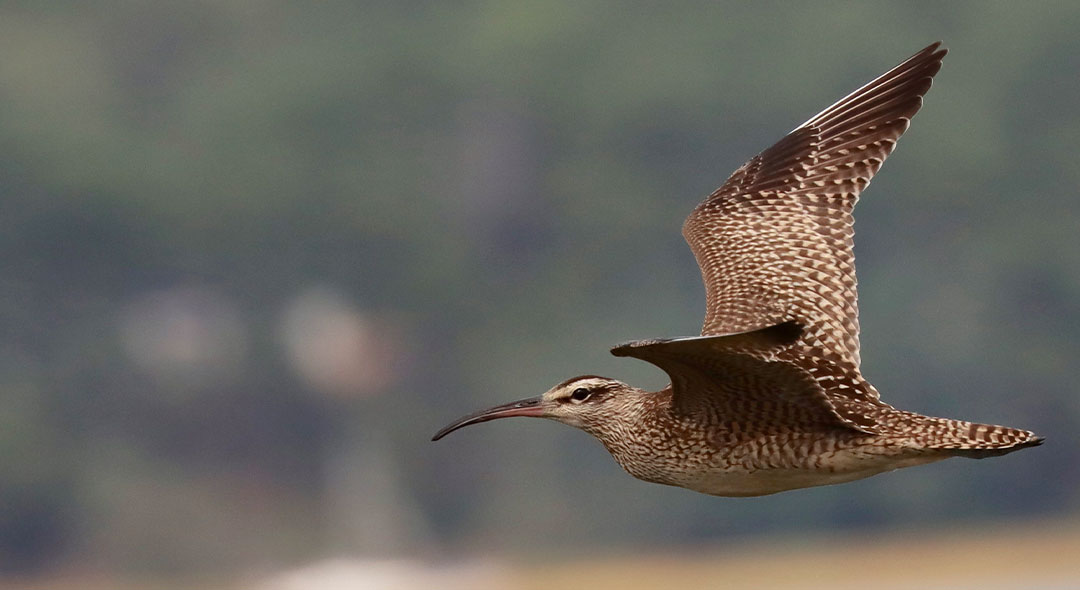
 Back to all
Back to all